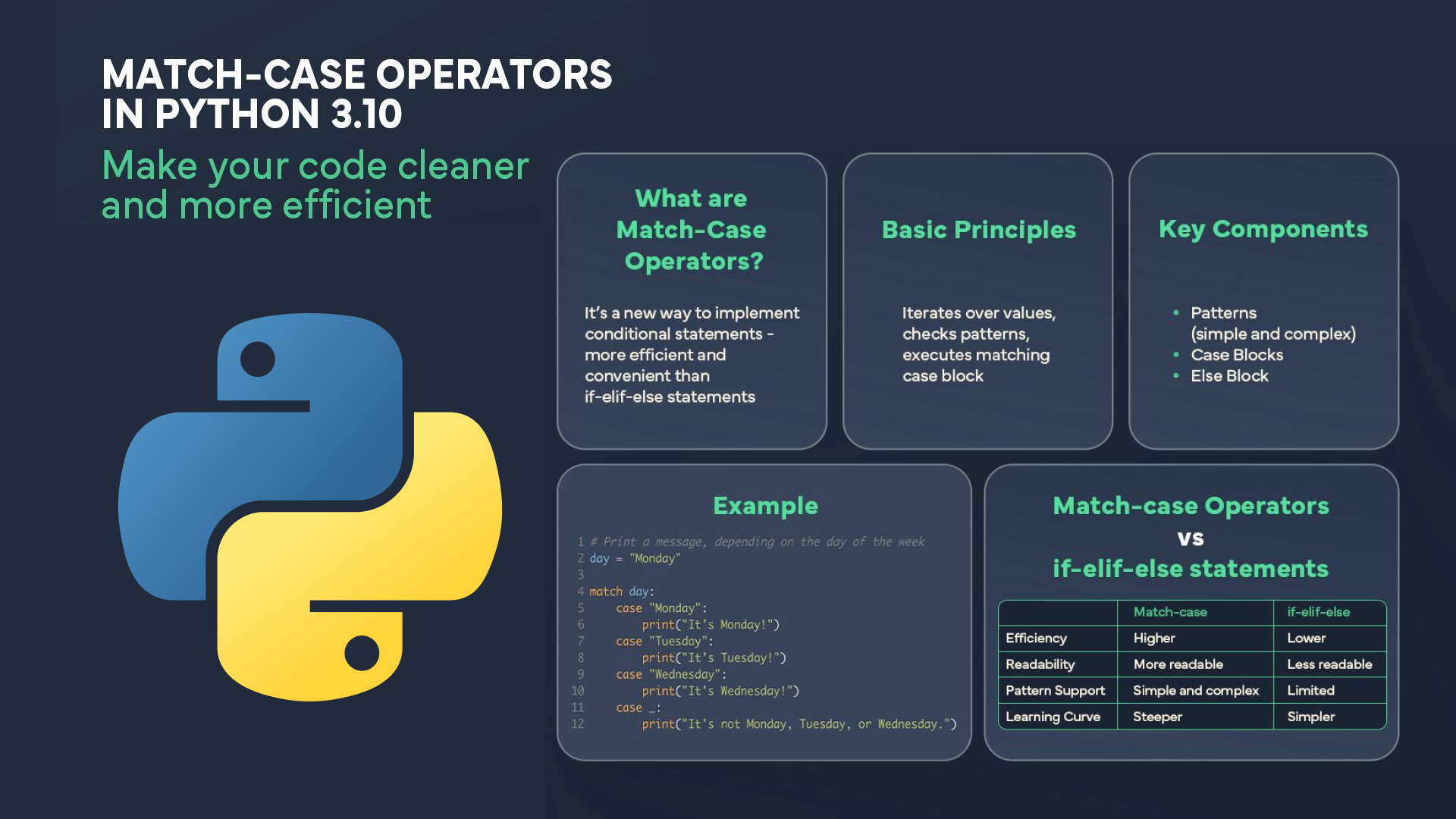Related courses
See All CoursesBeginner
Java Basics
Learn the fundamentals of Java and its key features in this course. By the end, you'll be able to solve simple algorithmic tasks and gain a clear understanding of how basic console Java applications operate.
Beginner
Introduction to Python
Python is a high-level, interpreted, general-purpose programming language. Distinguished from languages such as HTML, CSS, and JavaScript, which are mainly utilized in web development, Python boasts versatility across multiple domains, including software development, data science, and back-end development. This course will guide you through Python's fundamental concepts, equipping you with the skills to create your own functions by the conclusion of the program.
Beginner
Introduction to JavaScript
Learn the fundamentals of JavaScript, the backbone of dynamic web development. Discover essential concepts like syntax, variables, data types, and operators. Explore how to use conditional statements, loops, and functions to create interactive and efficient programs. Master the building blocks of JavaScript and lay the groundwork for more advanced programming skills.
5 Most Common Anti-Patterns in Programming and How to Avoid Them
Most Common Anti-Patterns

An anti-pattern in programming is a typical response to recurring ineffective problems. These patterns often arise due to a need for more experience or knowledge. This article will discuss five popular anti-patterns in programming and provide practical ways to avoid them.
Spaghetti Code
This problem occurs when the code structure is hard to understand because they have a complex and incomprehensible flow control structure. For example, arguments slow function calls down substantially, especially when using keyword arguments. It is highly advisable to focus on reducing these arguments instead
Example:
def hello(x, y, add_x_y, sub_x_y, mul_x_y, div_x_y):
return(nothing)
Run Code from Your Browser - No Installation Required

Hard Coding
Hard coding is the lousy practice where the developer stores input data in the source code rather than obtaining it from a file or another source.The main problem with this pattern is that it only works if the conditions change and the developer needs to modify the initial code.
In the following example, we read the file “welcome.txt” using the specific location. The path to the file is hardcoded, which means that whenever other developers work with our code, they have to rewrite the path each time.
Example:
f = open("D:\\myfiles\welcome.txt", "r")
print(f.read())
Magic strings or Magic numbers
Magic strings or numbers are strings or numbers in the code that seem arbitrary and have no context or meaning. This anti-pattern is similar to the previous one, but in this case, strings of text or numbers appear scattered throughout the code.
The code with this anti-pattern is complicated to maintain because other developers don't know what they refer to. Sometimes even the code's author can forget the meaning of magic strings and numbers.
In the function below, we have a couple of magic numbers. It's not apparent what the 9.98 charge is. The 0.10 may be a sales tax, late fee, or extra revenue.
Example:
def getTotal(subtotal):
total = subtotal + 9.98
return total + (total * 0.10)
God Object
God Object (or God Class) is a data structure that does too many. In other words, this object or class describes an excessive concentration of all sorts of functionality.
As you can see in the below example, the class Ticket has too many responsibilities: buying tickets and extracting and storing data. It's challenging to work with God's classes and objects and test them.
Example:
class Ticket:
def store_data():
# store data in the database pass
def extract_data():
# extract data pass
def buy():
# buy ticket pass
Start Learning Coding today and boost your Career Potential

Boat Anchor
This anti-pattern means keeping parts of the system that are no longer used after performing some optimization or refactoring. Generally, this is because developers believe (or prior experience) that they’ll need it later.
In the following example, the function mul() is useless after the developer's refactoring. mul() inefficiently consumes the memory and slows the program execution.
Example:
def mul(x, y):
return x*y
def sum(x, y):
return x+y
print(sum(x,y))
Conclusion
Developers who understand and avoid anti-patterns can create higher-quality solutions and more maintainable software systems. Continuous learning and updating your skills are crucial to becoming a proficient programmer. Embrace best practices, stay informed about industry trends, and be open to feedback and code reviews. There's always room for improvement and happy coding!
If you're eager to take your programming skills to the next level and further enhance your understanding of clean code principles, I invite you to check out our comprehensive courses.
Related courses
See All CoursesBeginner
Java Basics
Learn the fundamentals of Java and its key features in this course. By the end, you'll be able to solve simple algorithmic tasks and gain a clear understanding of how basic console Java applications operate.
Beginner
Introduction to Python
Python is a high-level, interpreted, general-purpose programming language. Distinguished from languages such as HTML, CSS, and JavaScript, which are mainly utilized in web development, Python boasts versatility across multiple domains, including software development, data science, and back-end development. This course will guide you through Python's fundamental concepts, equipping you with the skills to create your own functions by the conclusion of the program.
Beginner
Introduction to JavaScript
Learn the fundamentals of JavaScript, the backbone of dynamic web development. Discover essential concepts like syntax, variables, data types, and operators. Explore how to use conditional statements, loops, and functions to create interactive and efficient programs. Master the building blocks of JavaScript and lay the groundwork for more advanced programming skills.
The SOLID Principles in Software Development
The SOLID Principles Overview
by Anastasiia Tsurkan
Backend Developer
Nov, 2023・8 min read

Match-case Operators in Python
Match-case Operators vs if-elif-else statements
by Oleh Lohvyn
Backend Developer
Dec, 2023・6 min read

30 Python Project Ideas for Beginners
Python Project Ideas
by Anastasiia Tsurkan
Backend Developer
Sep, 2024・14 min read

Content of this article